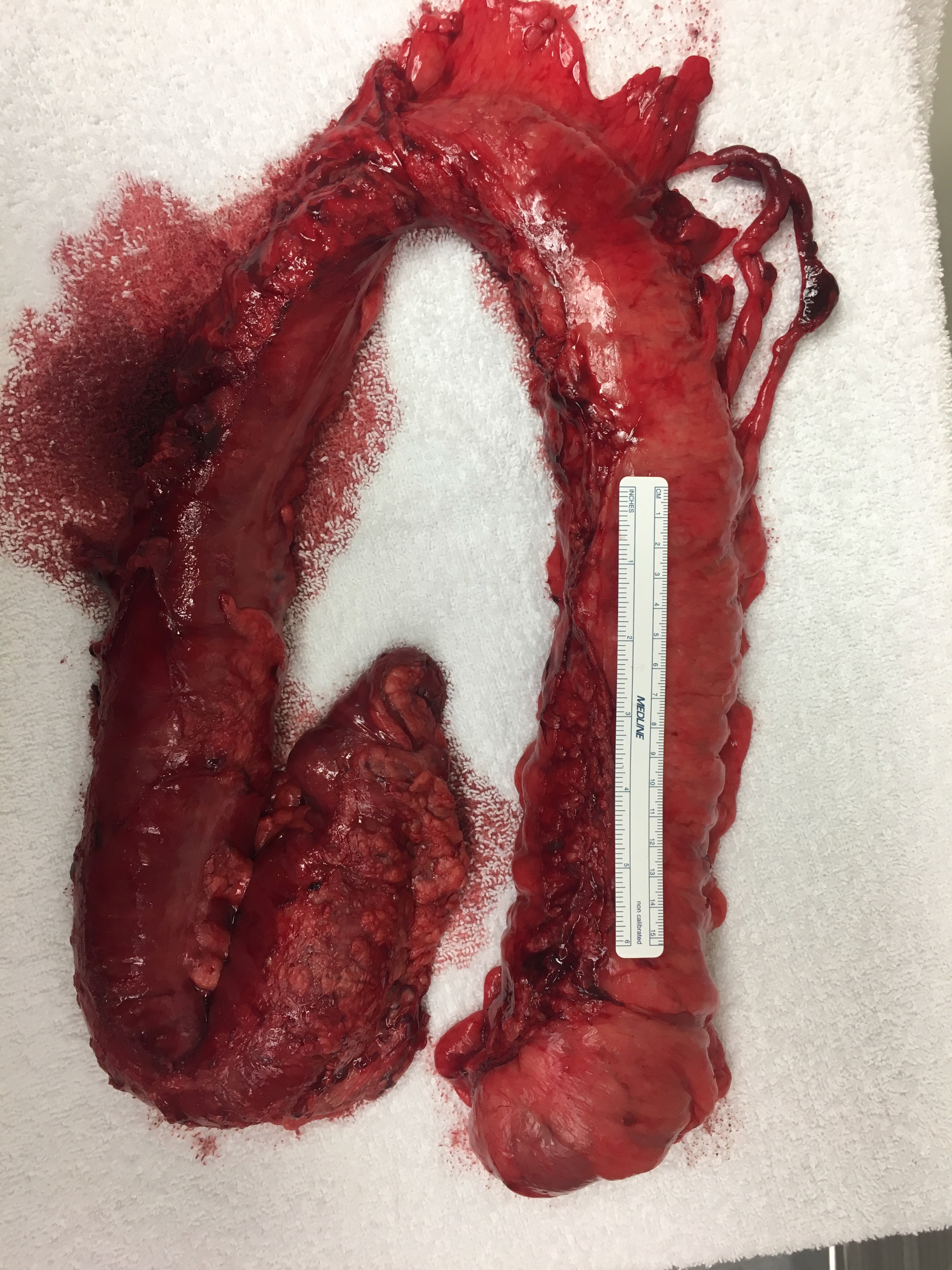A volvulus is when a loop of intestine twists around itself and the mesentery that supports it, resulting in a bowel obstruction that can compromise intestinal blood flow. For this reason, it tends to be a surgical emergency which requires prompt attention; failure to recognize the signs and symptoms of intestinal volvulus may lead to bowel ischemia and perforation. A volvulus can develop anywhere along the intestine, however for this blog we will discuss types of Colonic Volvulus.
The most common forms of volvulus in gastrointestinal tract is sigmoid followed by cecal volvulus, these are both colonic volvulus. Sigmoid volvulus is responsible for 80% of intestinal obstructions. High-fiber diets and chronic constipation are common risk factors because they cause increased gas and sigmoid colon elongation. Worldwide the incidence in men is much higher than in women, and this may be explained by the mesenteric shape, which tends to be longer and have a narrower base. In weight loss surgical patients specifically, such as Duodenal Switch, increased gas and diarrhea is common in those patients who have carbohydrate and fiber rich diets. In some cases, they are recommended to have high fiber diet by other providers who may not be aware that this may only be complicating the problem and exacerbating the symptoms. The solution would not include adding fiber but rather eliminating the underlying food items causing the increased gas and diarrhea.
 The presentation of volvulus is much the same, regardless of its anatomic site; Cramping abdominal pain, distention and constipation are present. With progressive obstruction, nausea and vomiting will occur.
The presentation of volvulus is much the same, regardless of its anatomic site; Cramping abdominal pain, distention and constipation are present. With progressive obstruction, nausea and vomiting will occur.
A definitive diagnosis is made with a CT scan, and the treatment is generally a bowel resection. However in the case of a sigmoid volvulus an urgent endoscopic detorsion may be attempted first, only if there are no signs of ischemia. The risk of recurrence following endoscopic detorsion alone is as high as 90% and carries a high risk of mortality up to 35%, therefore definitive elective sigmoid resection is recommended.
Here is a short video of an operation.
We would like to thank Miguel Rosado, MD for his significant contributions provided in this Blog.
- A patinet story: Lap Band complication and Wagovy October 24, 2024
- Should Adjustable Gastric Banding (Lap Band) be done? October 6, 2024
- Surgery Bests Lifestyle Changes, GLP-1 for Durable Weight loss September 11, 2024
- Bile Reflux Gastritis August 2, 2024
- Weight loss Medications compared to surgery February 20, 2024

Leave a Reply